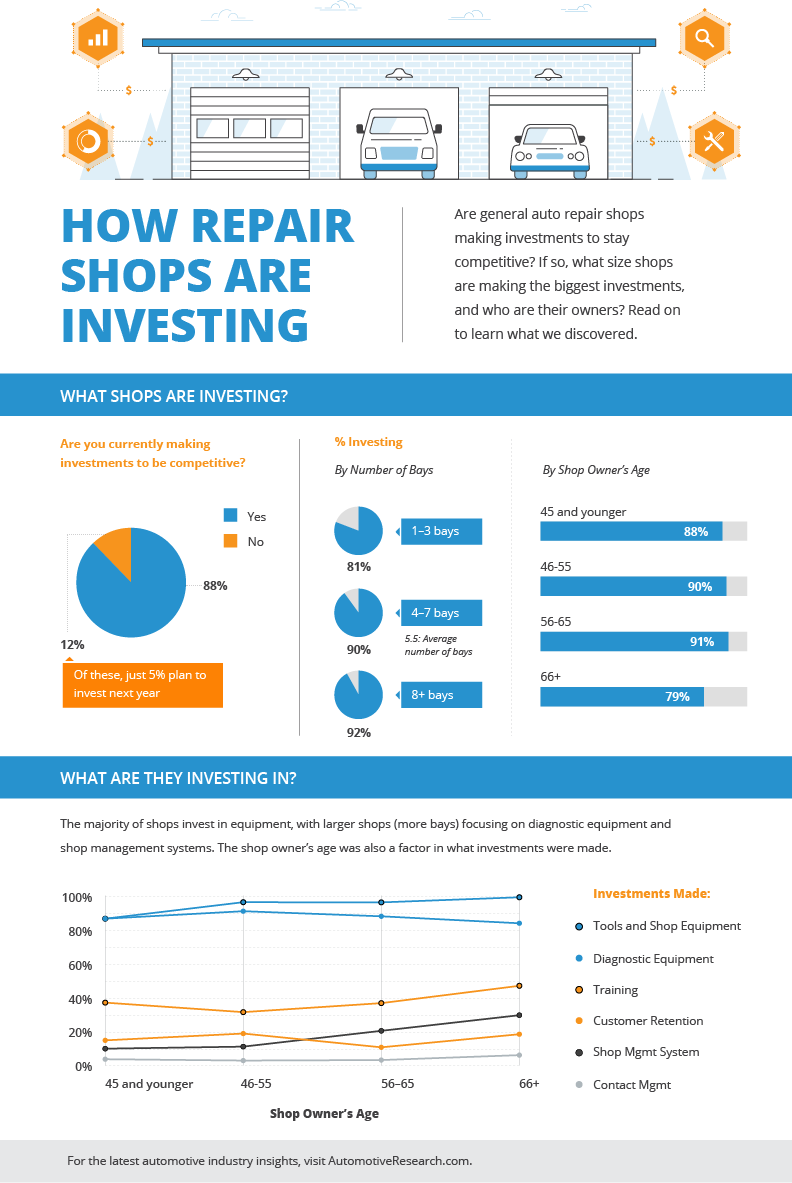When you lag the wheel, those radiant warning lights on your dashboard can be a little bit perplexing. Do you know what they're trying to tell you about your car's wellness? Understanding the significance of these lights is essential for your safety and the long life of your car. So, the following time among those lights pops up, wouldn't you want to analyze its message accurately and take the needed steps to address it?
Common Warning Lighting and Interpretations
Identify common warning lights in your car and understand their significances to guarantee secure driving.
https://www.moneytalksnews.com/slideshows/heres-the-average-social-security-benefit/ consist of the check engine light, which indicates problems with the engine or emissions system. If this light comes on, it's essential to have your vehicle examined immediately.
car wash inside and out alerting light indicates low oil stress, requiring instant focus to stop engine damages.
A flashing battery light may recommend a faulty charging system, potentially leaving you stranded otherwise dealt with.
cargroomersnz tracking system (TPMS) light informs you to reduced tire stress, impacting automobile stability and fuel efficiency. Disregarding this could lead to unsafe driving conditions.
The abdominal muscle light indicates an issue with the anti-lock stopping system, compromising your ability to quit promptly in emergency situations.
Last but not least, the coolant temperature warning light warns of engine getting too hot, which can lead to severe damages otherwise settled swiftly.
Understanding these typical warning lights will certainly aid you resolve issues immediately and keep risk-free driving problems.
Relevance of Prompt Focus
Recognizing the common warning lights in your cars and truck is only the first step; the value of promptly attending to these cautions can not be stressed sufficient to guarantee your safety when traveling.
When a warning light illuminates on your dashboard, it's your vehicle's way of communicating a possible problem that needs interest. Overlooking these warnings can cause much more serious troubles later on, compromising your safety and security and potentially costing you much more in repairs.
Prompt interest to alerting lights can protect against malfunctions and mishaps. For example, a blinking check engine light could suggest a misfire that, if left ignored, can trigger damage to the catalytic converter. Resolving this without delay can conserve you from a costly fixing.
Likewise, a brake system alerting light could signify low brake fluid or worn brake pads, critical components for your security when driving.
DIY Troubleshooting Tips
If you observe a warning light on your control panel, there are a couple of DIY repairing tips you can try prior to looking for specialist aid.
The very first step is to consult your cars and truck's handbook to understand what the specific caution light shows. Sometimes the issue can be as basic as a loosened gas cap setting off the check engine light. Tightening up the gas cap might solve the issue.
One more usual problem is a reduced battery, which can set off different cautioning lights. Examining the battery connections for corrosion and ensuring they're safe could take care of the trouble.
If a warning light lingers, you can try resetting it by detaching the automobile's battery for a couple of mins and after that reconnecting it. Furthermore, examining your automobile's fluid levels, such as oil, coolant, and brake fluid, can aid troubleshoot cautioning lights related to these systems.
Verdict
To conclude, recognizing your auto's caution lights is vital for keeping your vehicle running efficiently and safely. By without delay resolving these signals and understanding what they imply, you can prevent expensive repair services and possible failures.
Remember to consult your automobile's guidebook for certain details on each cautioning light and act as necessary to make sure a trouble-free driving experience.
Remain notified, remain secure when driving!
